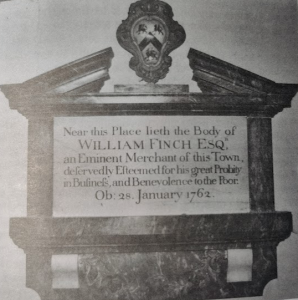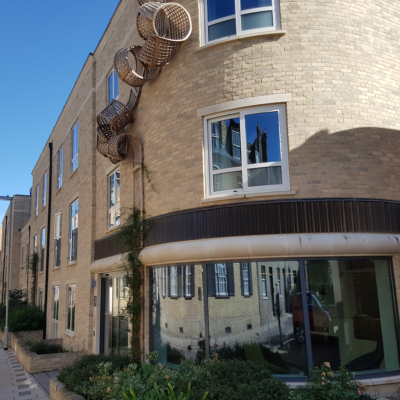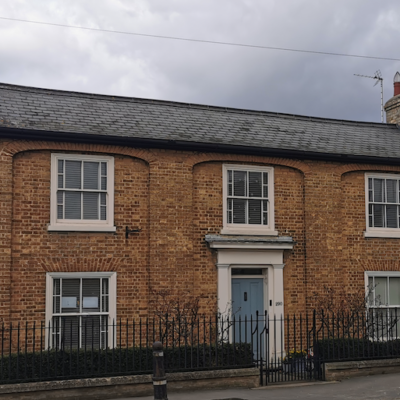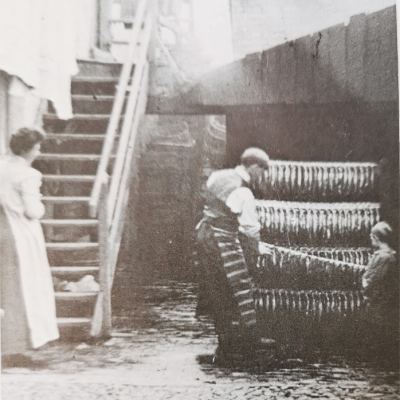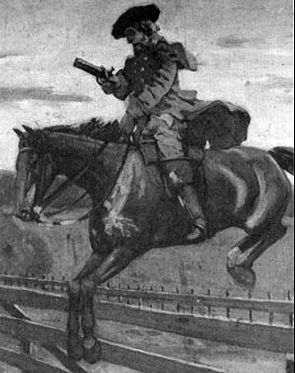Search by topic
- archaeology
- Building of Local Interest
- chapel
- charity
- church
- crime
- dressmaker
- fire
- Great Eastern Railway
- Listed building
- Mapping Relief
- medieval
- oral history
- poverty
- Public House
- Religious House
- Roman
- scholar
- school
- Then and Now
- tudor
- women
- work
- world war one
- world war two
Search by text
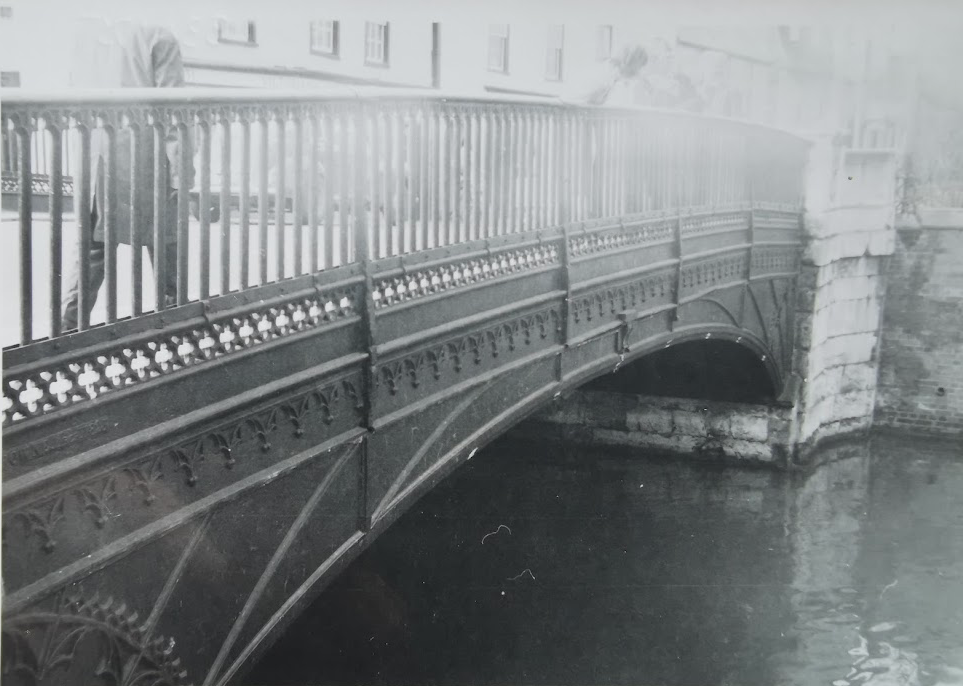 Magdalene Bridge, March 1975. The bridge will be renovated and strengthened during the next year.
Magdalene Bridge, March 1975. The bridge will be renovated and strengthened during the next year.Site of Finch / Swann Hurrell Iron Foundry
History of iron foundry on River Cam
1688 William Finch II, younger brother of John I, ironmaster of Dudley, took over the ironmongers business of ‘Widow Godfrey’, wife of the late James Godfrey who had been in Market Street since at least 1680. With the drainage of the fens there was an increased demand for agricultural implements as well as saddlers ironmongery. William did not run his business in isolation but as part of a family network. (See Cambridge Iron Founders, 1996)
The family had been prominent members of the Unitarian Church in Dudley. In Cambridge William II was on the board of trustees of the Trumpington Street Congregational Church in 1701.
1720 William Finch moved his residence from his Market Street shop to Peas Hill.
1733 William Finch died. His memorial stone is at Great St Marys Church under the tower. William had become a wealthy man and left £4,500 to each of his unmarried daughters; £3,000 to his married daughter. His son, William Finch III inherited the business.
1742 William III died with no son leaving an estate worth £150,000. Most of this went to his sister’s son, William Ingle (1717-1767). Business passed to his cousin Charles.
1756 Charles’s brother Joshua inherited the business.
1762 Business passed to his second son Charles (1762 – 1838)
1795 nos 39-41 sold to Charles Finch I, ironmonger. Most of the yard was used as a foundry.
1798 – 1847 The business was run by Charles II (1762-1838) and his son Charles III (1787-1866). They retained the Market Street shop but built up an iron foundry on property in Bridge Street. This first site lies under the Master’s Lodge of St John’s College.
It is probably here that two small bridges were made for St John’s College. They were set up over the Bin Brook and one is still there. The other was sold to the Francis family of Quy Hall and now crosses a stream on the boundary of the estate.
In 1820 a new bridge over the Cam, the Great Bridge was commissioned. It was to be specifically in iron bridge of one arch. the total cost was £2,300. the contract was given to Arthur Browne of Norwich but the manufacture was at the foundry of Finch and Son.
1841 the Finch foundry made the bridge over the Cam at Silver Street.
1847 Charles Finch retired. Business transferred to his nephew, the younger Swann Hurrell.
1848 Charles Finch became mayor.
1850 Patrick Beales faced bankruptcy. He had married the sister of Swann Hurrell, Katherine. Swann Hurrell came to the financial rescue, arranging for the sale of the property and buying much of the site of Newnham Grange for himself. Swann then built a property for himself next door to Newnham Grange, the Hermitage, where he lived until moving to Thompson’s Lane.
1861 Foundry property sold by Swan Hurrell to St John’s College for £4,000. Swan Hurrell moved foundry across Bridge Street between Thompson’s Lane and Quayside. Swann Hurrell moved to live at 30 Thompson’s Lane.
Contribute
Do you have any information about the people or places in this article? If so, then please let us know using the Contact page or by emailing capturingcambridge@
License
This work is licensed under CC BY-NC-SA 4.0





